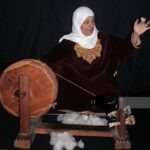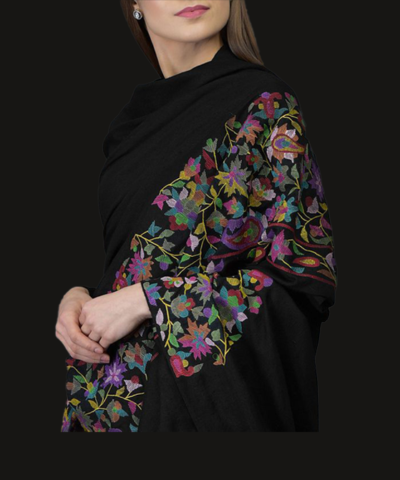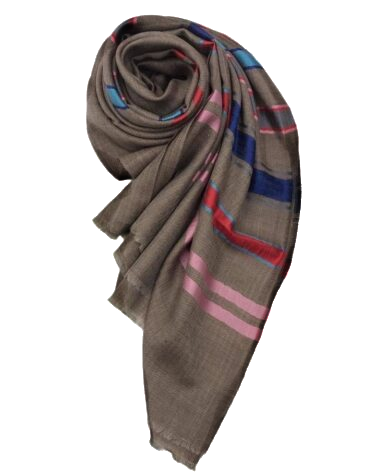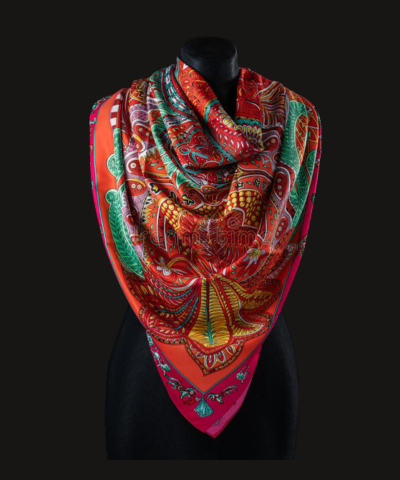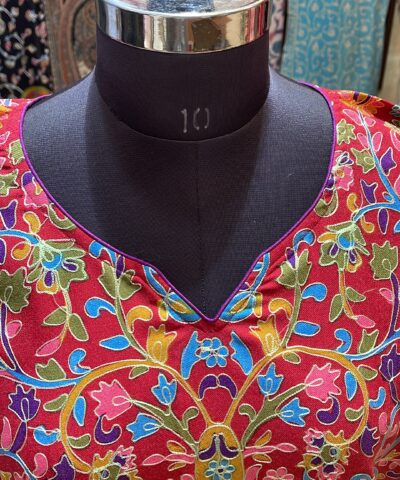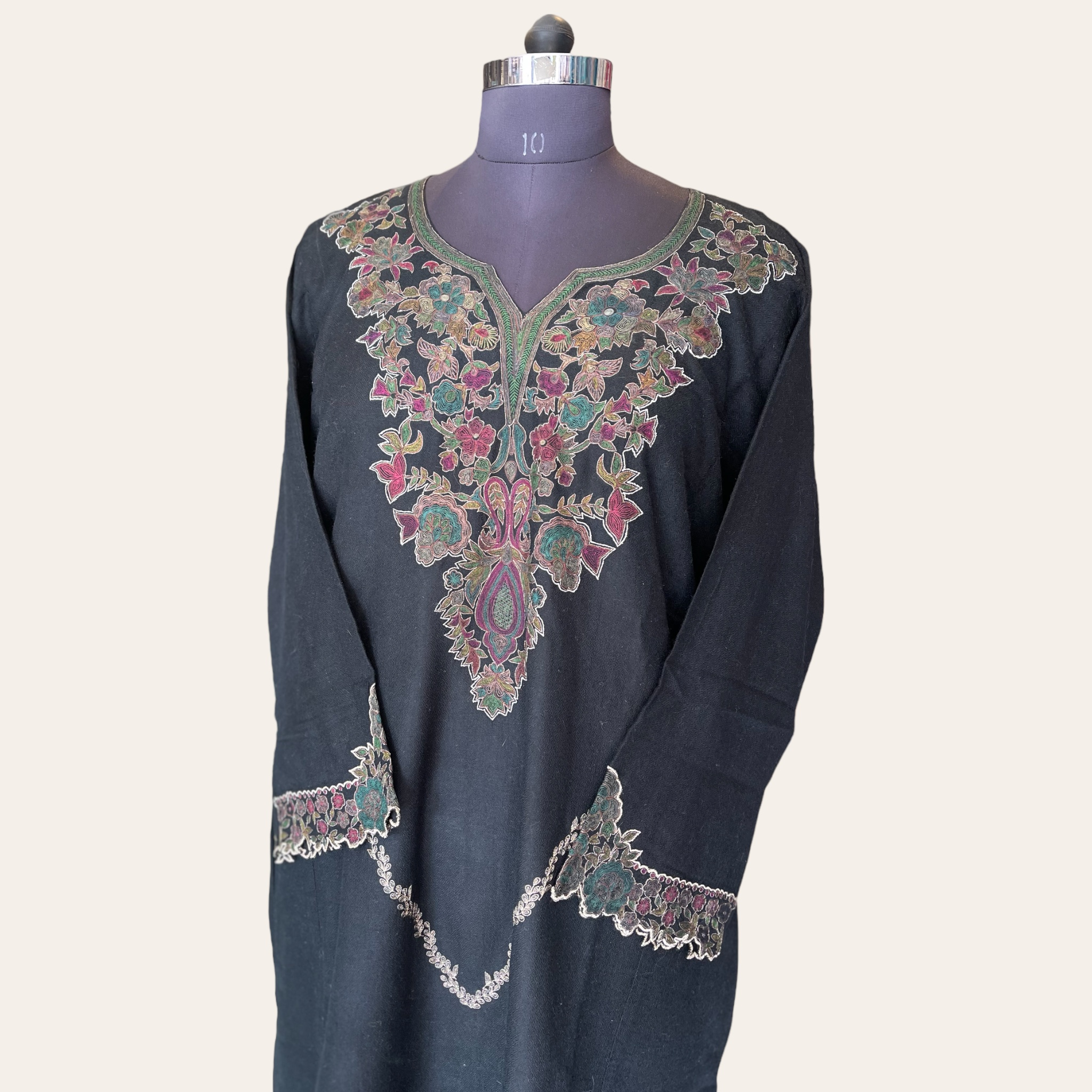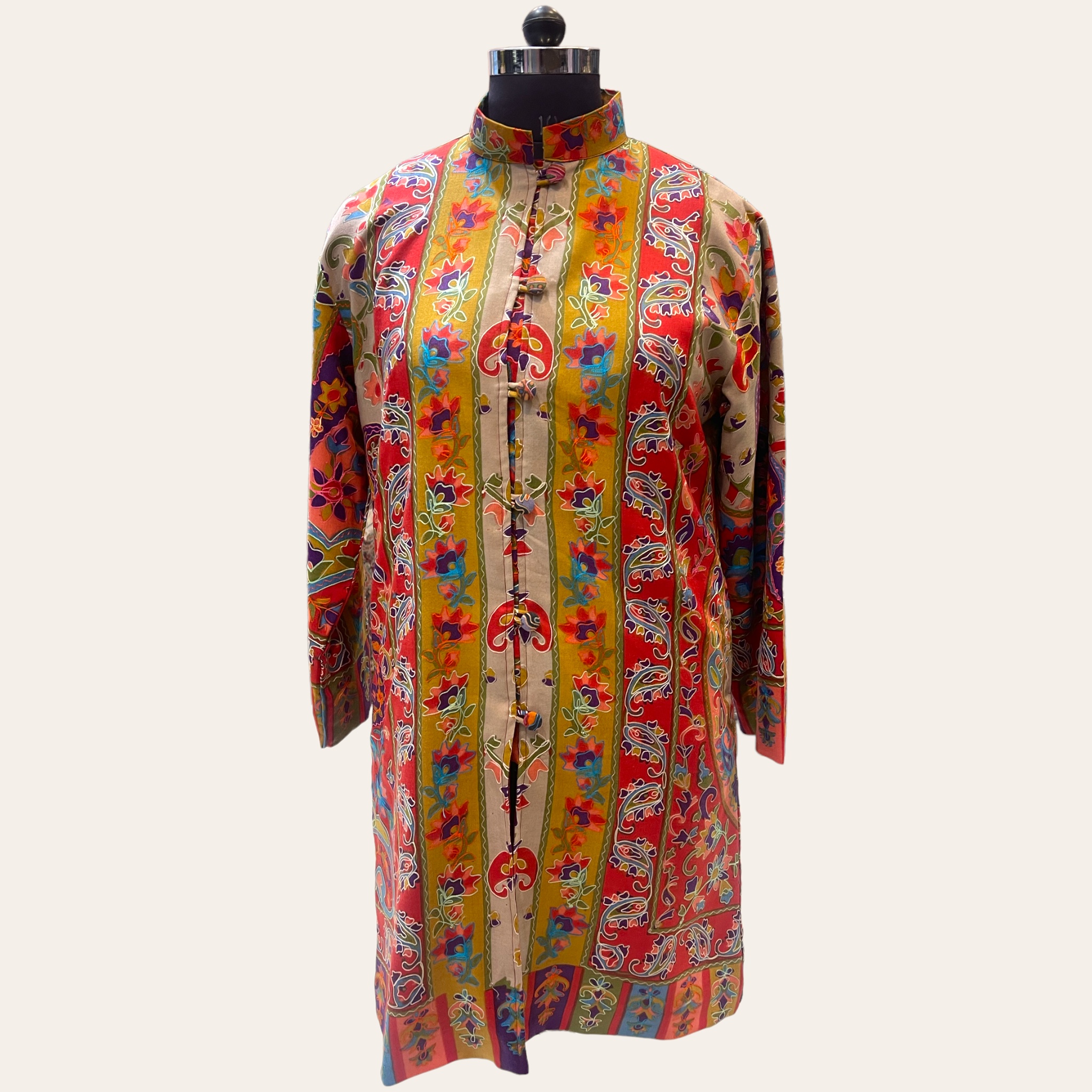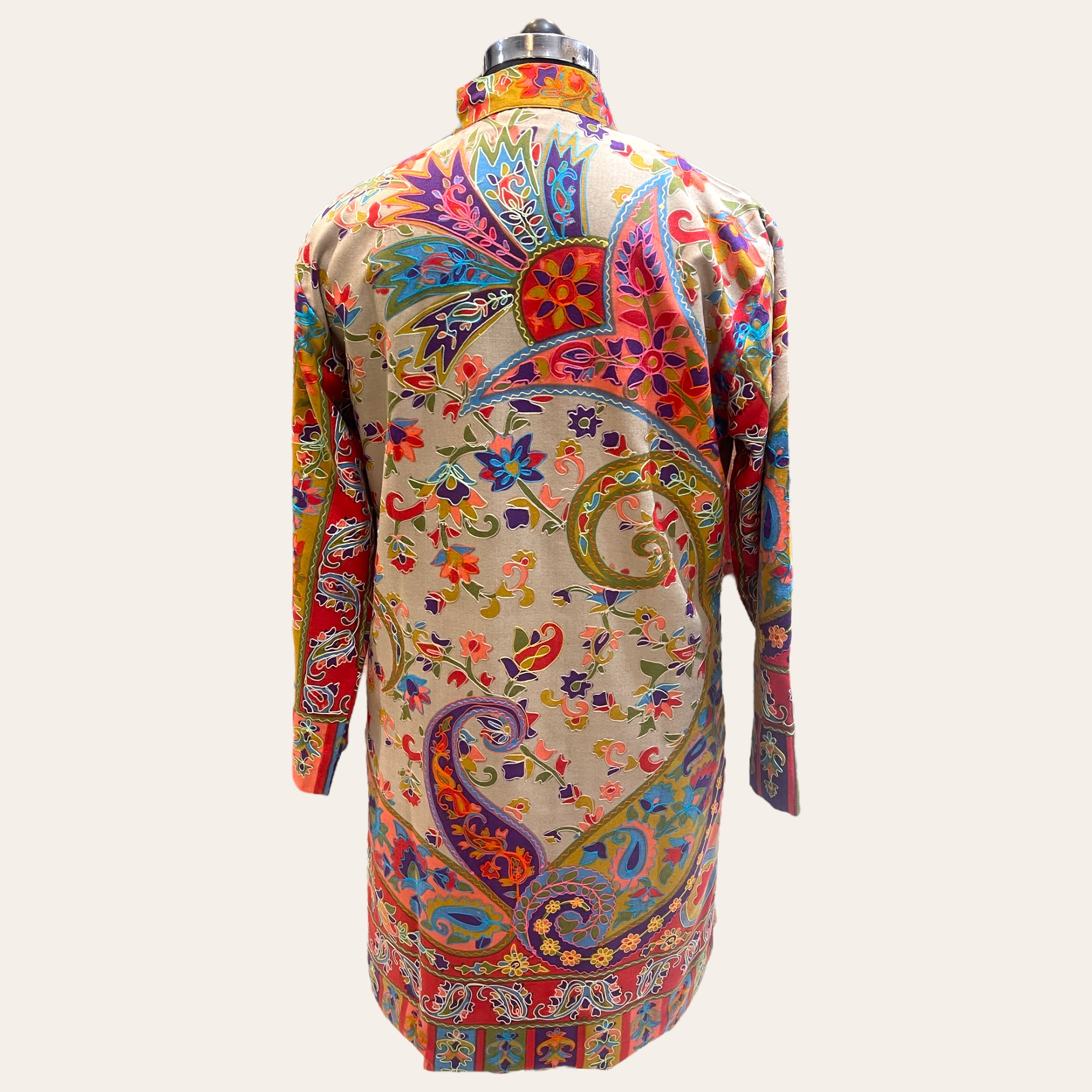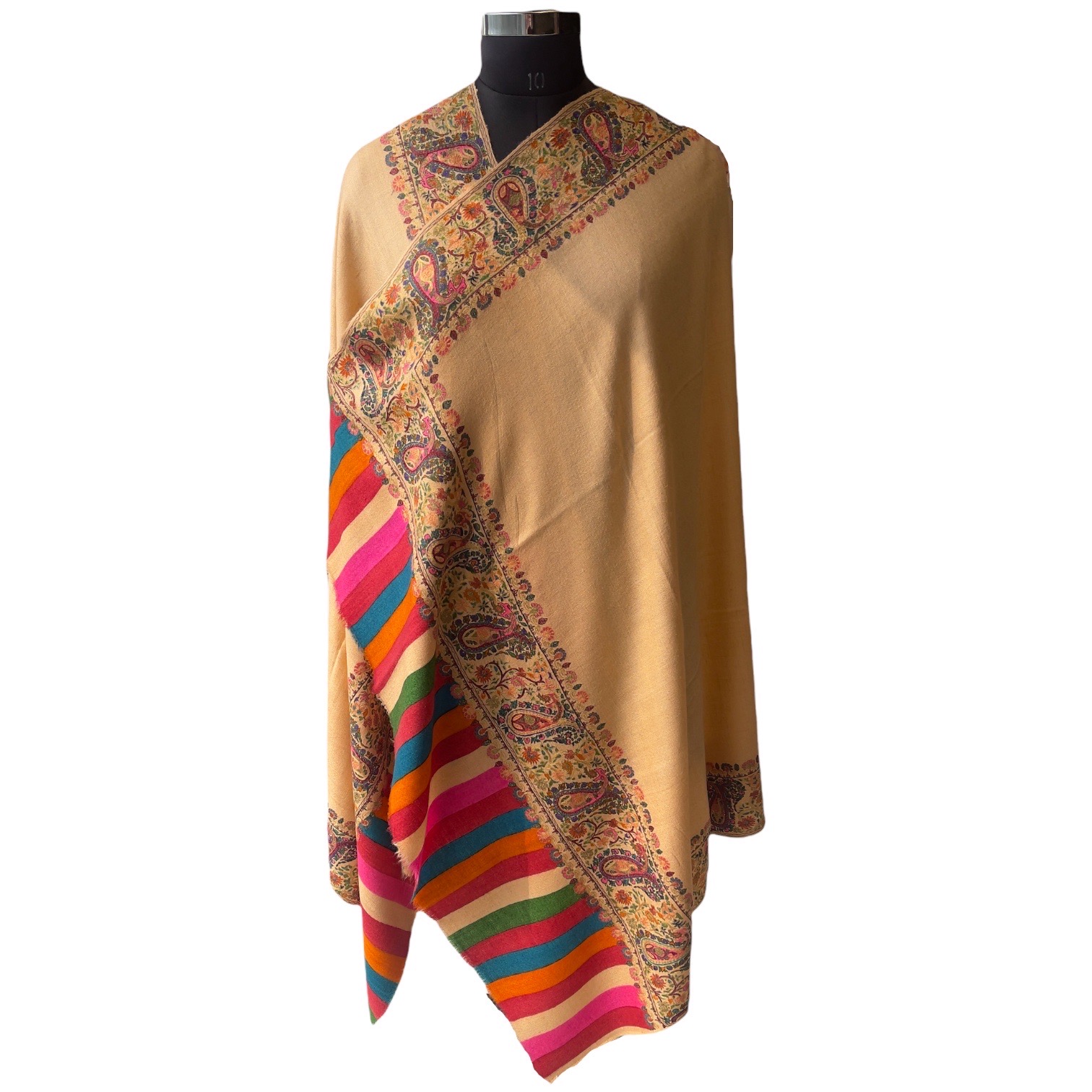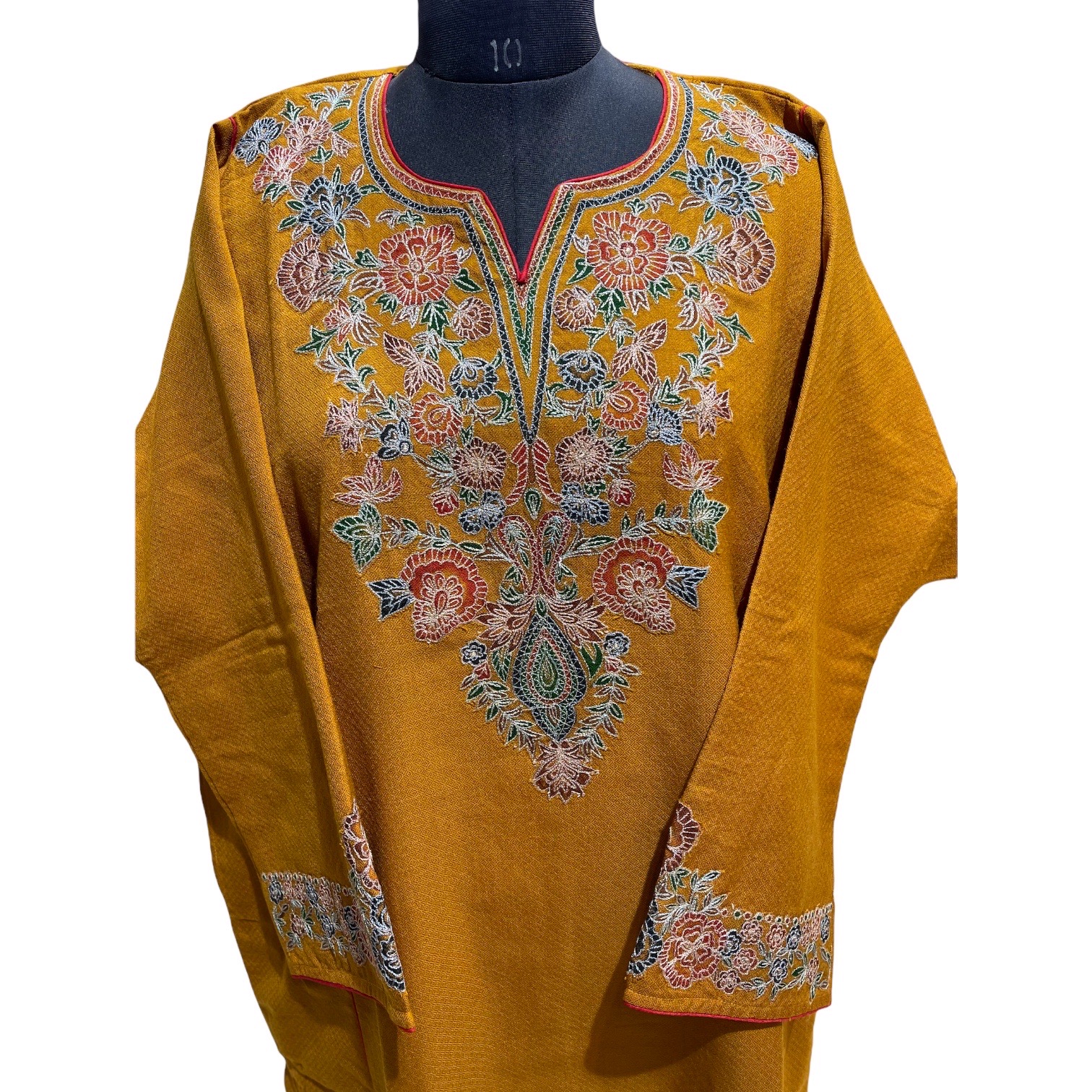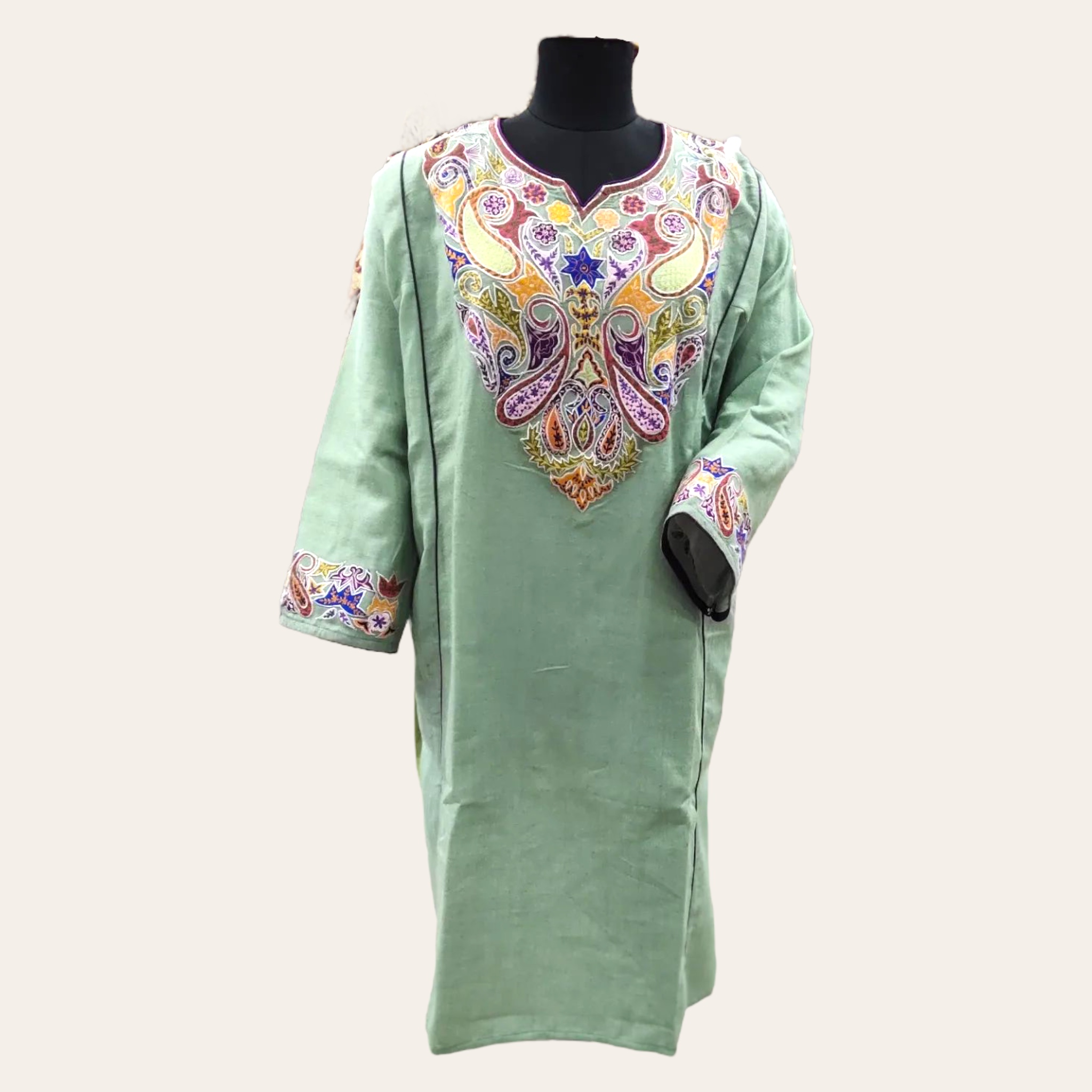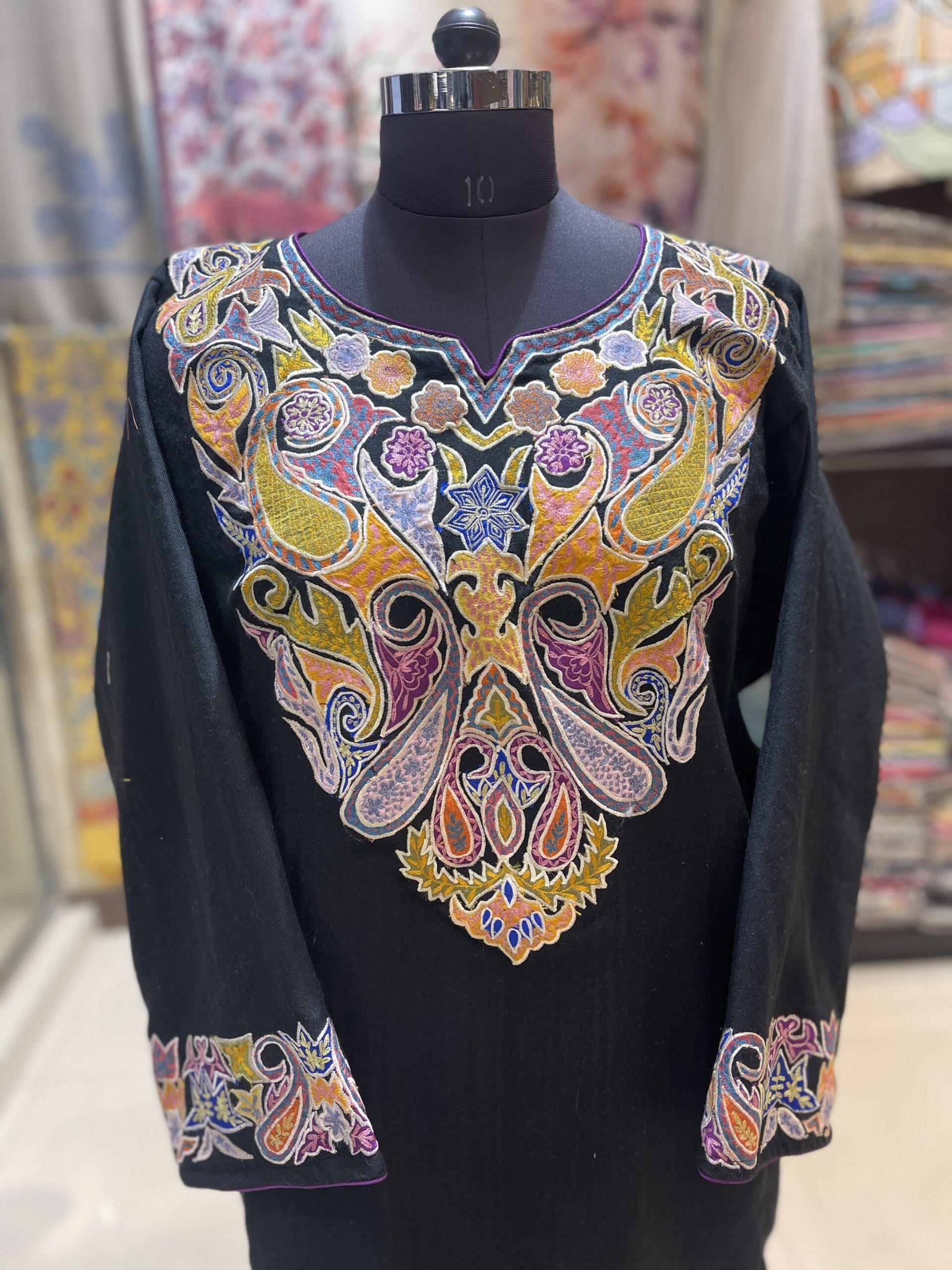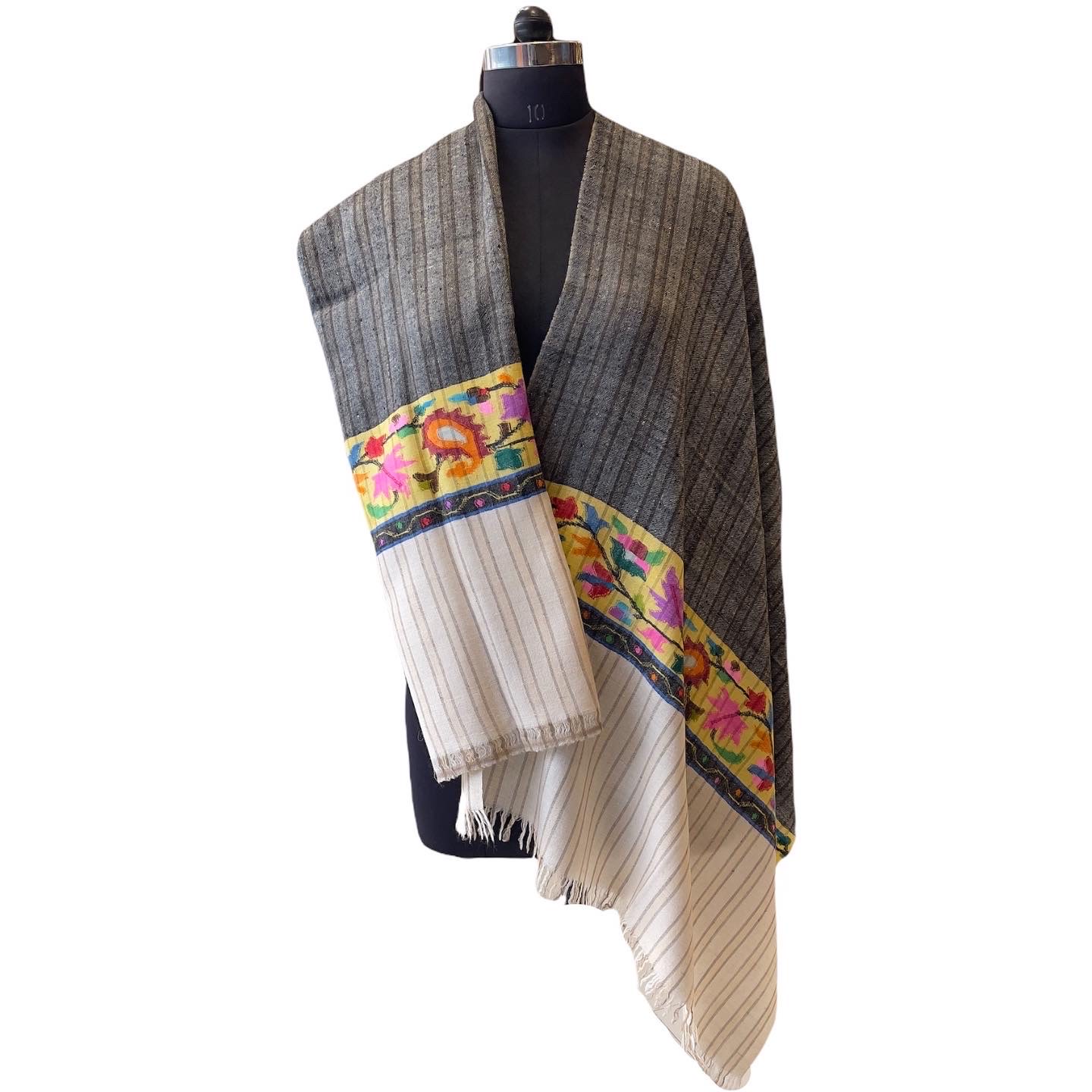Recent Products
It’s all New,
It all arrived this week
All New Collections coming from our hand-picked, Considered an epitome of luxury and art. Our Customers love us!
Visit Us
Head Office
Lajpat Nagar
New Delhi 110025
India
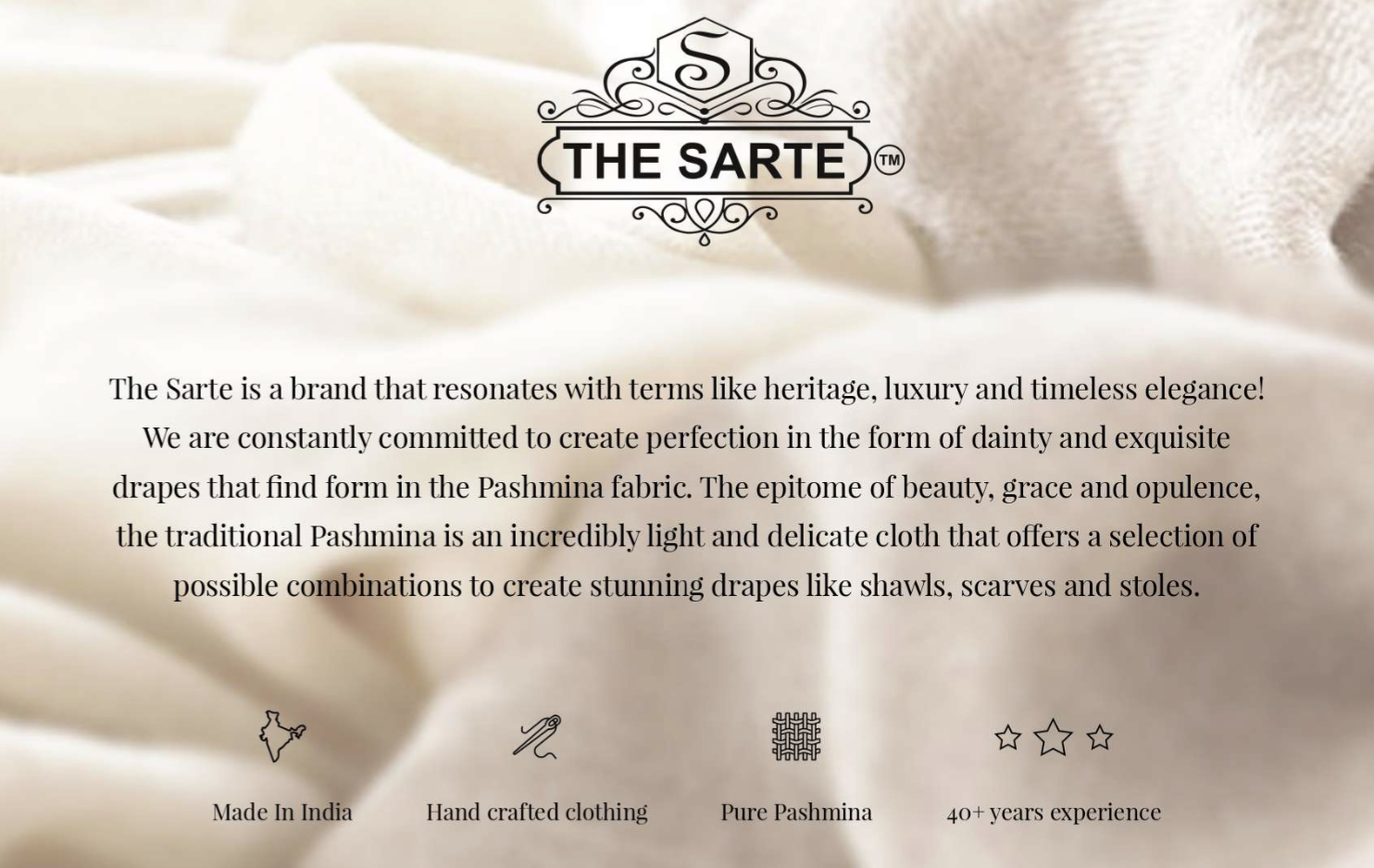
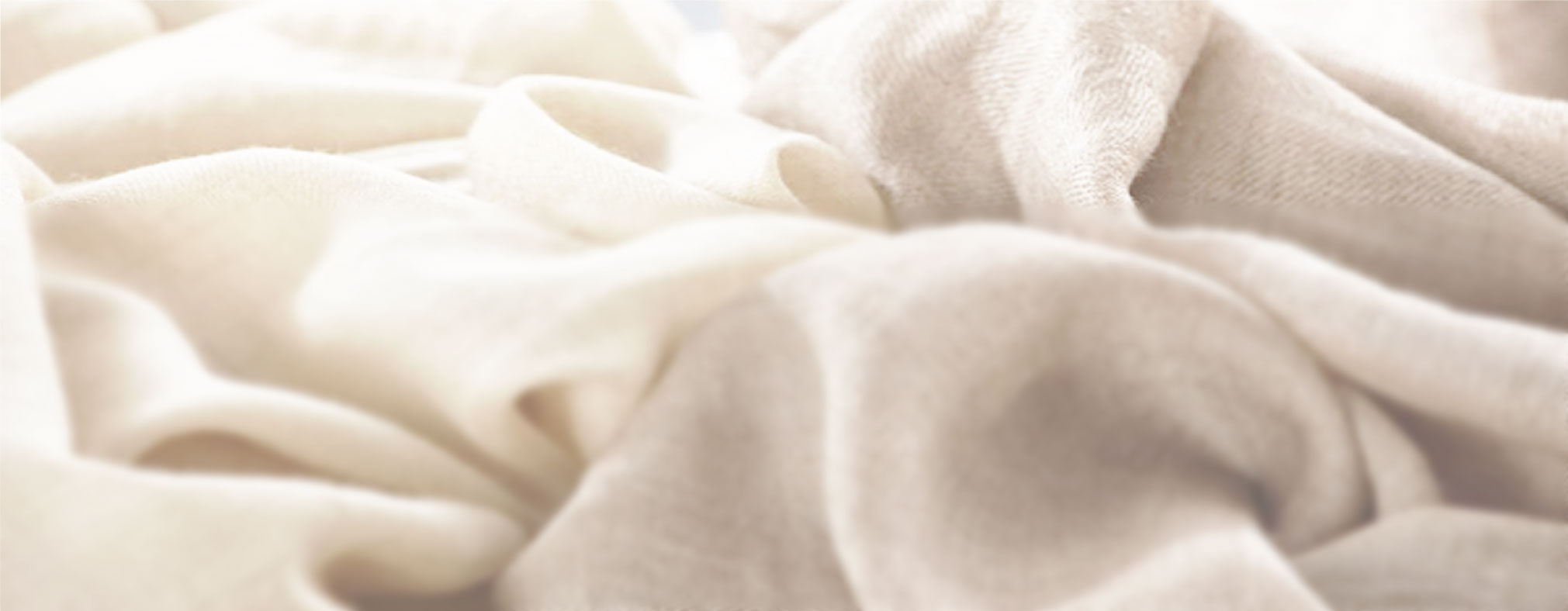
The Origina of Pashmina
The epitome of heritage and legacy, Pashmina shawls are the symbol of royalty. Pashmina shawls are handwoven in Kashmir by skillful artisans. For thousands of years, Kashmir has been the uncontested producer of Pashmina shawls. The expertise to weave exquisite embroidery is passed down from generation to generation. It takes an artisan, years to perfect their skills in the art of embroidery which is why the shawls are owned by people with fine eyes for detail and are quite expensive. The Sarte strive to preserve the classic grace and regal elegance of Pashmina shawls.
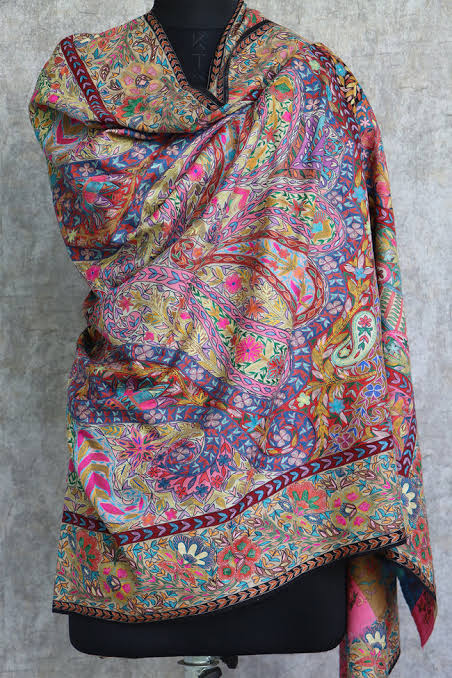
Kalamkari Pashmina
There are two distinctive styles of Kalamkari art in India – where the “kalam” is used for freehand drawing of the subject and “kari” for filling in the colors, which is entirely hand worked. Handpainted in the realms of Kalamkari art is a handcrafted shawl that features the most intricate details. The everlasting charm of Pashmina adds to the soulful experience that the wearer of this shawl will feel once he dons its magnificent essence. A vintage at heart, a Pashmina shawl like this has never failed to impress.

Sozni Embroidery
Sozni (also known as Sozan Kaari) is a popular needle point embroidery technique from Kashmir valley in Northern India. Kashmiri artisans have been practicing Sozni embroidery since almost 500 years ago. It’s mainly done in woolen and silk fabrics and very famous for it’s use in Pashmina Cashmere shawls and jackets. The interesting fact about Sozni embroidery is that its intricacy can vary from 5 stitches per cm to 500 stiches per cm.
Pashmina Cashmere Shawls could either have a simple Sozni embroidery along the borders or more intricate design through out the fabric and at times completely filling up the fabric. The effort and cost of work depends on the intricacy of the work involved. Sozni Emboridery uses different motifs such as floral, paisleys, abstract geometrical design.
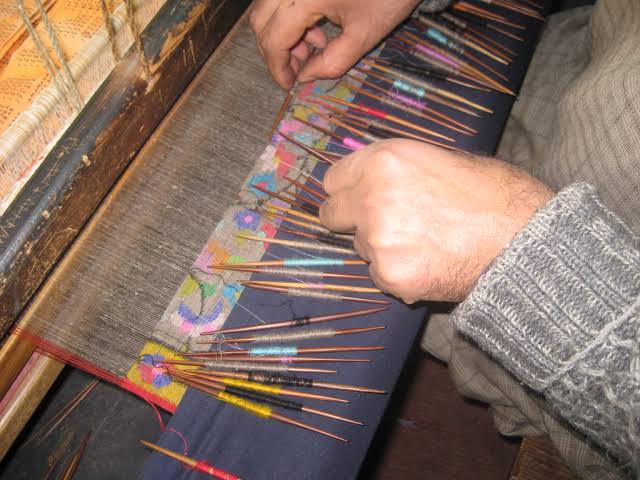
KANI SHAWL
the name ‘Kani’ is derived from the area where this particular artisans come from, Kanihama, the word ‘Kani’ – in Kashmiri – also means a small wooden oblong spool. Kani shawl is made from pashmina on a handloom. But instead of a shuttle used in regular pashmina shawls, Kani shawls use needles made from cane or wood. The distinguishable, Mughal patterns, usually of flowers and leaves, are woven into the fabric like a carpet, thread by thread, based on the coded pattern called ‘Talim’. The talim guides the weaver in number of warp threads to be covered in a particular colored-weft. Only the trained craftsmen are knowledgeable enough to weave Kani Shawls the right way. The techniques and knowledge have been transferring from forefathers to next generations.
